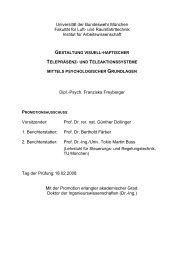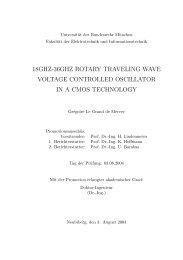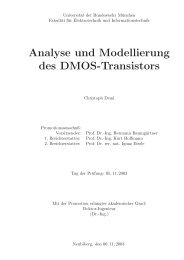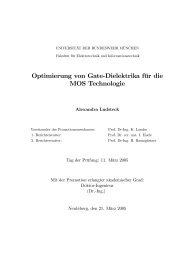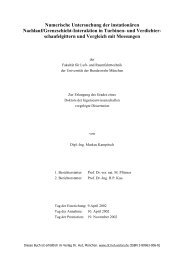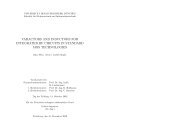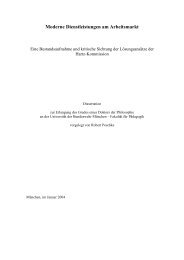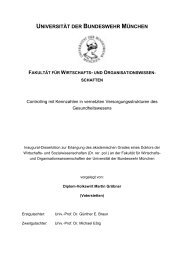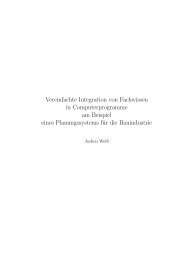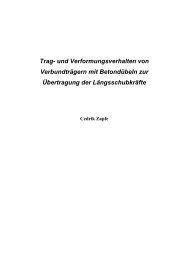Precise Orbit Determination of Global Navigation Satellite System of ...
Precise Orbit Determination of Global Navigation Satellite System of ...
Precise Orbit Determination of Global Navigation Satellite System of ...
You also want an ePaper? Increase the reach of your titles
YUMPU automatically turns print PDFs into web optimized ePapers that Google loves.
Chapter 8 Geostationary <strong>Orbit</strong> <strong>Determination</strong> And Prediction During <strong>Satellite</strong> Maneuvers<br />
predicted orbit is Track 4, the actual orbit is Track 5, but the navigation users still use predicted orbit Track 4.<br />
This will also introduce a big orbit error for the navigation users.<br />
In order to solve the problems discussed above, other two problems should be solved before. First, the orbit<br />
determination during maneuver; second, the precise satellite maneuver force model that can be used for orbit<br />
prediction. Because navigation users can only use predicted orbit for their navigation application, the precise<br />
maneuver force model is very important for GEO orbit prediction during satellite maneuver.<br />
In the following, the orbit determination <strong>of</strong> the GEO satellite during maneuver and the maneuver force model<br />
will be discussed.<br />
8.2.1 <strong>Orbit</strong> <strong>Determination</strong> Without Maneuver Operation<br />
In order to compare the accuracy, the simulation results <strong>of</strong> kinematic and dynamic orbit determination methods<br />
without maneuver operation are presented (see Figure 8-5 and Figure 8-6). Observations are ranges with 1 m<br />
random noises and the sample rate is 1 min. Eight ESA tracking stations (see Chapter 9) are used in simulations.<br />
A geostationary satellite is supposed to be located in the sky at ground λ = 0 ο above. The results <strong>of</strong> orbit<br />
determination are shown in Figure 8-5 and Figure 8-6.<br />
Difference (meter)<br />
Difference (meter)<br />
20<br />
15<br />
10<br />
5<br />
0<br />
-5<br />
-10<br />
-15<br />
-20<br />
20<br />
15<br />
10<br />
5<br />
0<br />
-5<br />
-10<br />
-15<br />
-20<br />
0 1 2 3 4 5 6 7 8 9 10 11 12 13 14 15 16 17 18 19 20 21 22 23 24<br />
Time (hour)<br />
Figure 8-5 Kinematic <strong>Orbit</strong> <strong>Determination</strong> <strong>of</strong> Geostationary <strong>Satellite</strong><br />
0 1 2 3 4 5 6 7 8 9 10 11 12 13 14 15 16 17 18 19 20 21 22 23 24<br />
Tim e (hour)<br />
Figure 8-6 Dynamic <strong>Orbit</strong> <strong>Determination</strong> <strong>of</strong> Geostationary <strong>Satellite</strong><br />
From Figure 8-5 and Figure 8-6, the accuracy <strong>of</strong> dynamic orbit determination is better than kinematic orbit<br />
determination. In the simulation test above, the satellite dynamic force models are assumed to include all<br />
necessary perturbations, therefore the highest accuracy can be achieved for dynamic orbit determination. This<br />
also shows that the accuracy <strong>of</strong> dynamic orbit determination is strongly dependent on the dynamic force models.<br />
105<br />
dx<br />
dy<br />
dz<br />
dx<br />
dy<br />
dz



